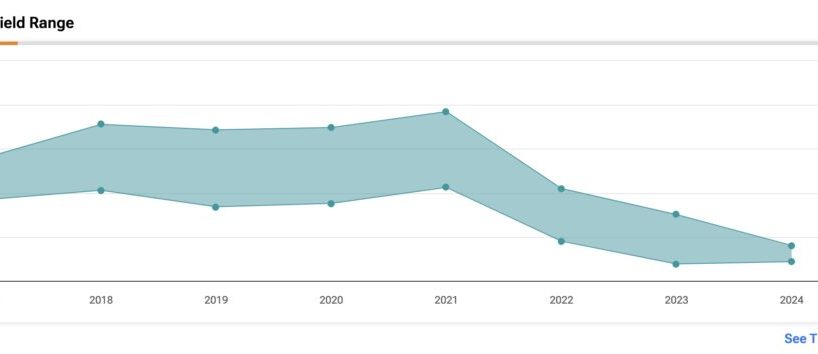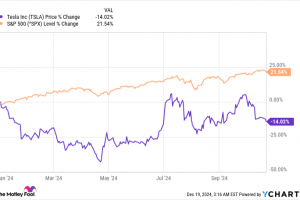
Telecom company AT&T (NYSE:T) has historically attracted investors with its mature business model characterized by low volatility and a high dividend yield supported by robust cash flows. Despite lacking strong growth prospects, the company consistently pays steady dividends with relatively low risk.
Recent turbulent years have contradicted these strengths, but AT&T has since reorganized by refocusing on its core business. It is poised to remain a strong dividend performer for years to come, which is why I hold a bullish stance on the company.
T’s Dividend Yield Remains Highly Compelling
AT&T has been a consistent dividend payer since the company went public in the 1980s, establishing itself as a benchmark in dividend investing for decades.
However, starting in 2022, the company made a significant quarterly dividend cut of almost 50%, reducing it from $0.52 to $0.28, which marked the end of a 35-year streak of dividend increases for AT&T. The decision was necessitated by the company’s high debt levels, which reached about 3.6 times net debt to EBITDA, primarily due to two large and ultimately unsuccessful acquisitions (DirecTV and Time Warner) that resulted in substantial losses.
As depicted in the graph below, AT&T’s dividend yield trajectory has sharply declined since 2021. Currently, the company offers a yield of around 6% (with a payout ratio of 47% of its profits), significantly higher than the telecom sector average of 2.5% and well above the PCE inflation rate of 2.7%. Despite the recent pullback, AT&T remains a compelling income stock alternative.
Dividend Safety: Management Likely Won’t Let Shareholders Down
Over the past two years, AT&T’s investment thesis has taken a hit, raising questions about its sustainability. However, since 2022, the company has reported stable quarterly dividends.
In 2023, AT&T generated $20.46 billion in free cash flow (FCF) and paid out $8.13 billion in dividends, implying that only 39% of FCF was used for dividends. This suggests the company has substantial room to maneuver if its cash flow decreases, potentially…
..






